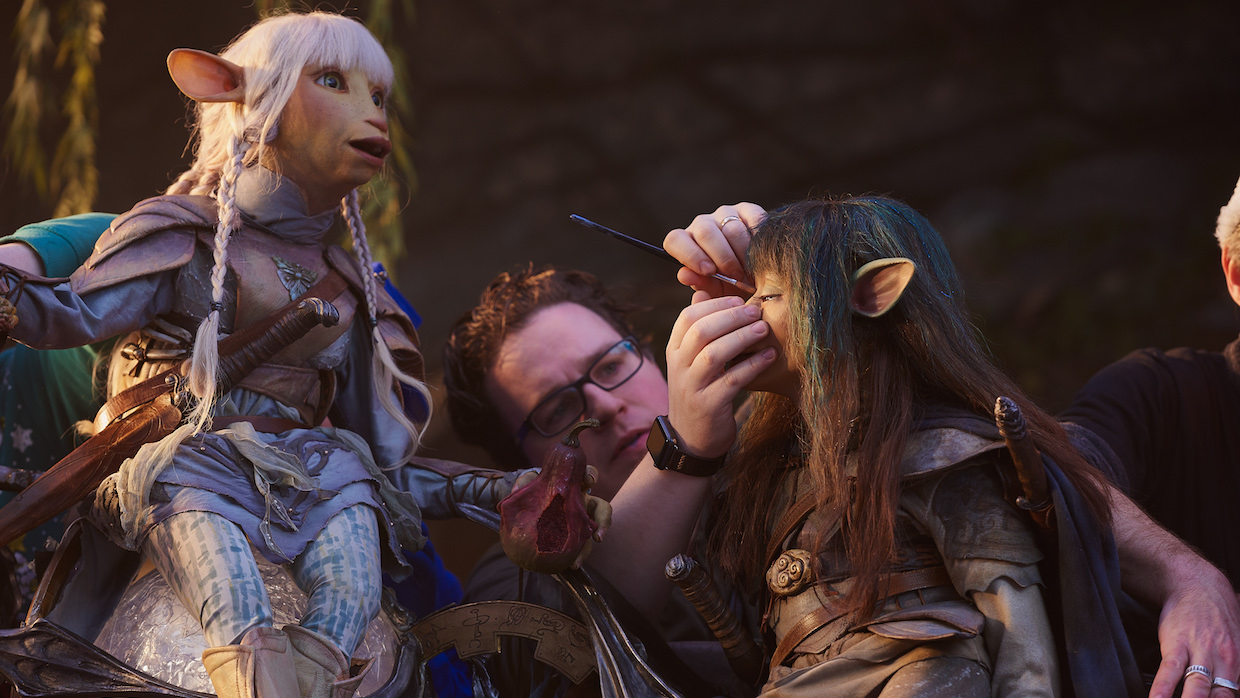Community, Leadership, Experimentation, Diversity, & Education
Pittsburgh Arts, Regional Theatre, New Work, Producing, Copyright, Labor Unions,
New Products, Coping Skills, J-O-Bs...
Theatre industry news, University & School of Drama Announcements, plus occasional course support for
Carnegie Mellon School of Drama Faculty, Staff, Students, and Alumni.
CMU School of Drama
Monday, September 02, 2019
“We Decided Early On That There was Never Going to Be A Single Lock-off Shot”: DP Erik Wilson on The Dark Crystal: Age of Resistance
Filmmaker Magazine: The original Dark Crystal was released on December 17th, 1982 , four days before my fifth birthday. I don’t remember exactly when my mom took me to see it. I can only tell you that when she did, the movie–and its lizard-like villains, the Skeksis—scared the crap out of me. There is a generation of kids who were similarly terrified and enthralled by the film, which was much darker than unsuspecting parents anticipated from Jim Henson, the man behind The Muppets and Sesame Street.
Subscribe to:
Post Comments (Atom)

2 comments:
This article was super cool! While I have not seen the original Dark Crystal, I found this interview to be really interesting in the way that it covered information about this new show, Dark Crystal: Age of the Resistance, while also covering information about the techniques and challenges that occurred during the shoot. I loved when they interviewer was asking about Camera and lens packages because I did not know that you can have different camera and lens packages to affect how the film looks. I also spent a good amount of time looking at films that were shot anamorphic and what the hell that means. No only anamorphic spoken about in this interview, but the filmmaker was so detailed in explaining why they picked what they did. Sensor coverage, and minimum focus were two very important things for this film and I’m not really quite sure what either of those mean but it all sounds super cool.
Mad respect for everyone who worked behind this project, especially the puppeteers and the cinematographer. I always understood the huge amount of effort put into these puppet animated films but I never dug deep into the production side of things. I loved the specifics included in the interview, with the cinematographer explaining the processes and techniques used to bring the puppets to life. The challenges with lighting were especially interesting. They used harsh lighting to accentuate the skin texture of a creature. I see how this visual detail could characterize the creature. I also found it amazing that the graffer had to figure out the lighting based on the setting, that the planet had three suns. This is oddly specific but essential in world-building in order to tell the story convincingly. I love this attention to detail and is definitely something to take note of as a design production student.
Post a Comment